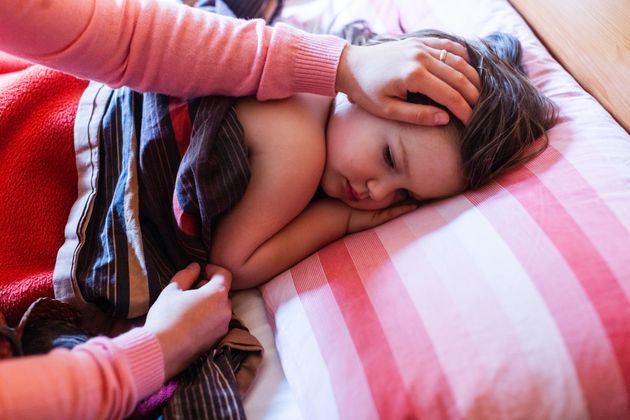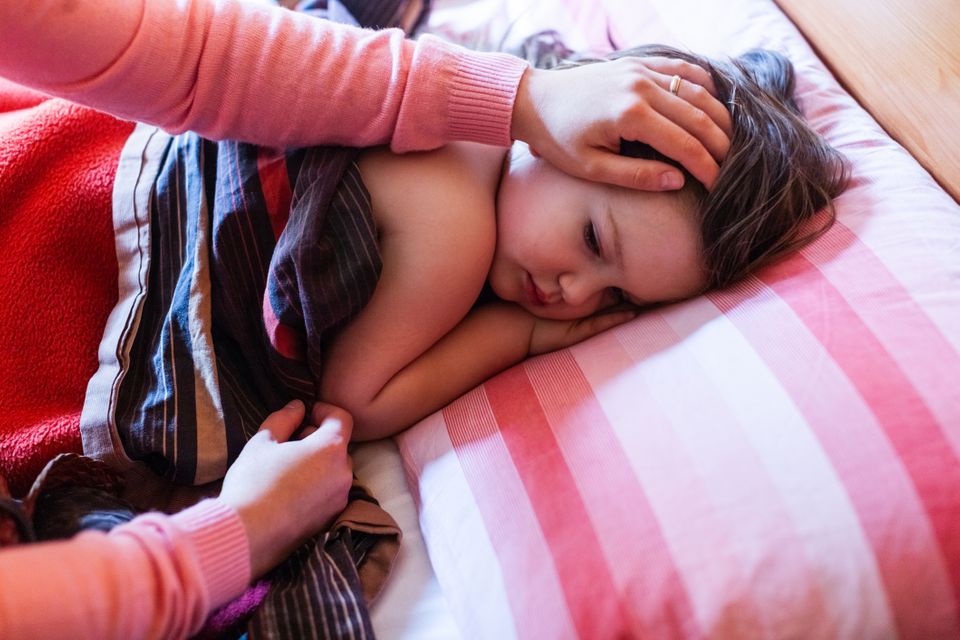
A leading charity is worried by the number of people who would put off seeking help for symptoms of pancreatic cancer.
A new survey conducted by Savanta Comres on behalf of Pancreatic Cancer UK found that 31% of people would delay seeking help for longer than usual because of the pandemic.
Advertisement
It also revealed that 28% of people would wait for around three months before seeking help when showing common symptoms of pancreatic cancer. Another 22% said they wouldn’t feel confident recognising jaundice – one of the key symptoms.
Other symptoms for pancreatic cancer include:
Advertisement
-
Back pain
-
Indigestion
-
Stomach pain
-
Weight loss
The charity said anyone should seek help from a GP if these common symptoms persist for more than four weeks.
Advertisement
But anyone with jaundice – yellowing of the skin or eyes – should seek help from A&E as soon as possible as it is one of the “red flag” symptoms of the disease.
Around four in five people who have pancreatic cancer are diagnosed when the cancer is at a late stage which means they’ve missed out on a chance of life-saving treatment.
Half of those with the disease die within three months of diagnosis, Pancreatic Cancer UK said. Each year more than 10,000 people are diagnosed with the disease. But early detection gives people better odds of survival, so the charity is urging the public to seek care if they have any symptoms.
Diana Jupp, chief executive of Pancreatic Cancer UK, said: “It is hugely worrying to hear that so many people would put off seeking help for so long. Pancreatic cancer has not gone away because of Covid-19 and I would urge anyone with persistent, unexplained symptoms to use the NHS.
Advertisement
“There is no time to wait with pancreatic cancer. Thousands of people a year are told it’s too late, that nothing can be done for them. It is vital that people are diagnosed as early as possible to give them the best chance of having life-saving treatment.”
Dame Cally Palmer, director of the NHS Cancer Programme, said: “This research confirms what we know – many people could be risking their lives by putting off medical attention for symptoms that could be cancer, even though it’s vitally important that cancer is discovered at an earlier stage, when it’s easier to treat.
“The NHS is open and ready to treat people with potential cancer symptoms, and cancer referrals and diagnosis are back to pre-pandemic levels – so, whether you or a loved one has a routine appointment, or a potential cancer symptom, please don’t delay and come forward to get yourself checked.”





